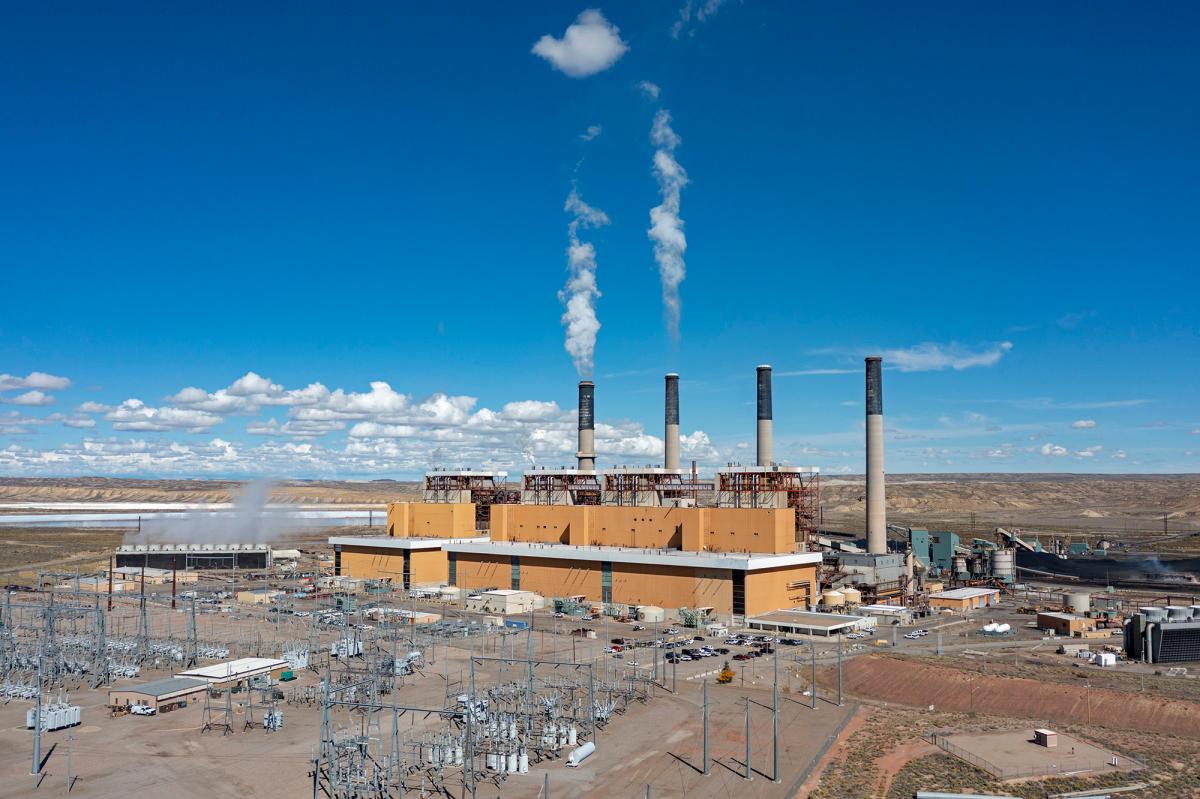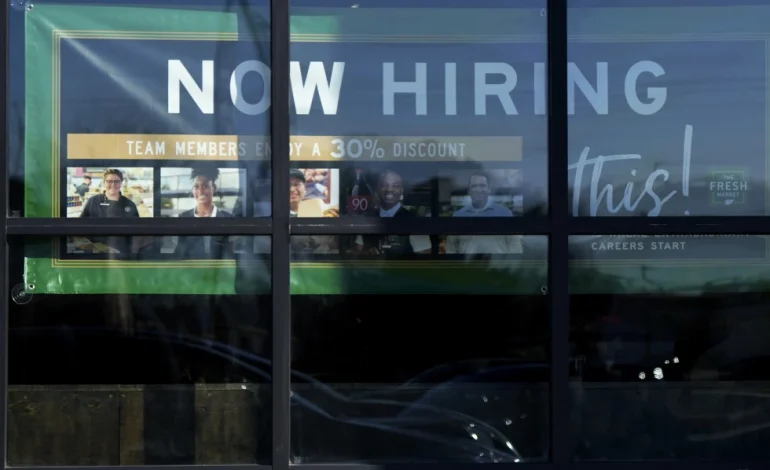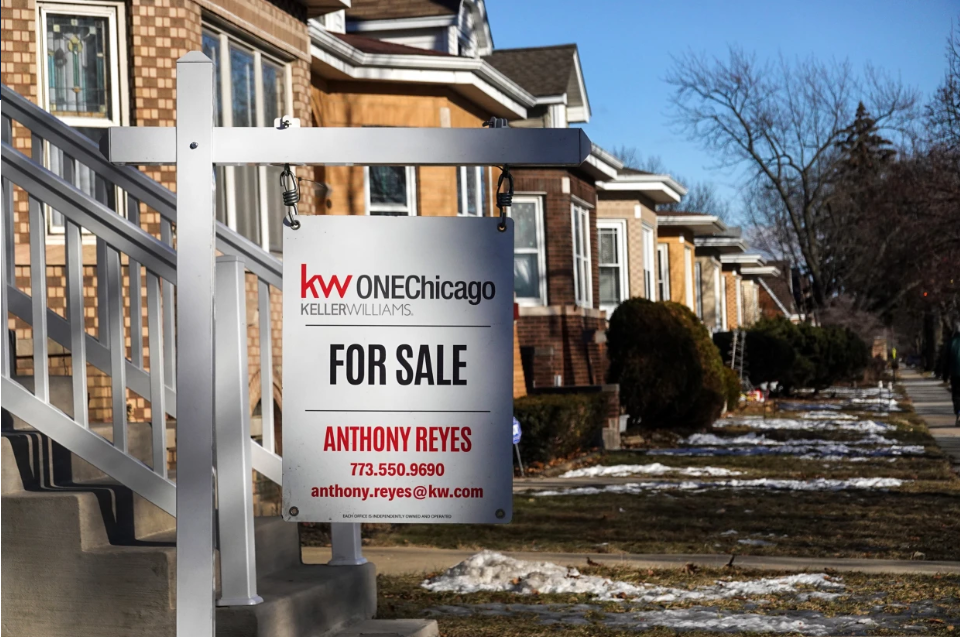The number of Americans applying for unemployment benefits remained unchanged last week, continuing at the highest level seen in eight months, according to data released Thursday by the Department of Labor, the Associated Press reports.
For the week ending June 7, 248,000 individuals filed new jobless claims—matching the revised figure from the previous week and exceeding analyst expectations of 244,000. This marks the third consecutive week that claims have hovered near the upper end of the historically typical range, suggesting that layoffs may be gradually rising.
While weekly claims remain within a broadly stable range of 200,000 to 250,000, the recent upward trend has drawn attention from economists and analysts.
“There are early warning signs in the labor market,” said Heather Long, chief economist at Navy Federal Credit Union. “If layoffs worsen this summer, it will heighten fears of a recession and a pullback in consumer spending.”
The four-week moving average of jobless claims, which smooths out weekly volatility, rose by 5,000 to 240,250, further indicating a softening in the labor market. Additionally, the number of people continuing to receive unemployment benefits increased by 54,000 to 1.96 million for the week ending May 31—the highest total since November 2021.
The uptick in claims comes at a time when economic uncertainty remains elevated, driven in part by the Biden administration’s evolving tariff strategy. Although President Trump has paused or scaled back some of the steep tariff increases proposed earlier this year, businesses continue to express concerns about potential ripple effects on global trade, costs, and hiring plans.
Several major US companies—including Google, Meta, Microsoft, Southwest Airlines, CNN, and Starbucks—have announced layoffs or buyouts in recent weeks, often citing economic headwinds, regulatory uncertainty, or cost-cutting strategies.
Despite the headwinds, the broader job market continues to show resilience. In its latest employment report, the Labor Department noted that US employers added 139,000 jobs in May, though this represented a slowdown from previous months. Job openings also rose unexpectedly in April, though other indicators, such as a decline in voluntary quits and a rise in layoffs, suggest that confidence among workers has begun to wane.
Fed Chair Jerome Powell has acknowledged the delicate balance the central bank now faces. With both inflation and unemployment pressures elevated, the Federal Reserve has kept its benchmark interest rate at 4.3%, pausing after a series of rate cuts late last year. Powell has noted that tariffs and trade uncertainty have dampened both business investment and consumer sentiment.
The broader economic picture remains mixed. The US economy contracted at a 0.2% annual rate in the first quarter of 2025, slightly better than the initial estimate. Analysts attributed the slowdown in part to a surge in imports, as firms rushed to bring in goods ahead of potential new tariffs.










The latest news in your social feeds
Subscribe to our social media platforms to stay tuned